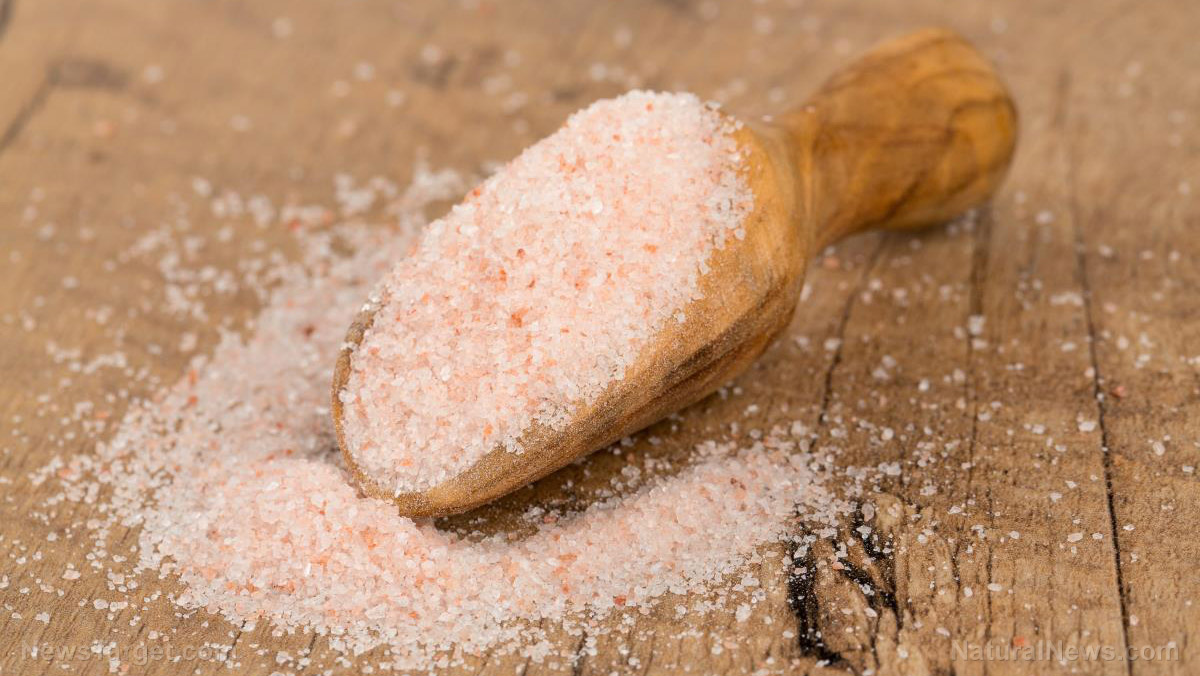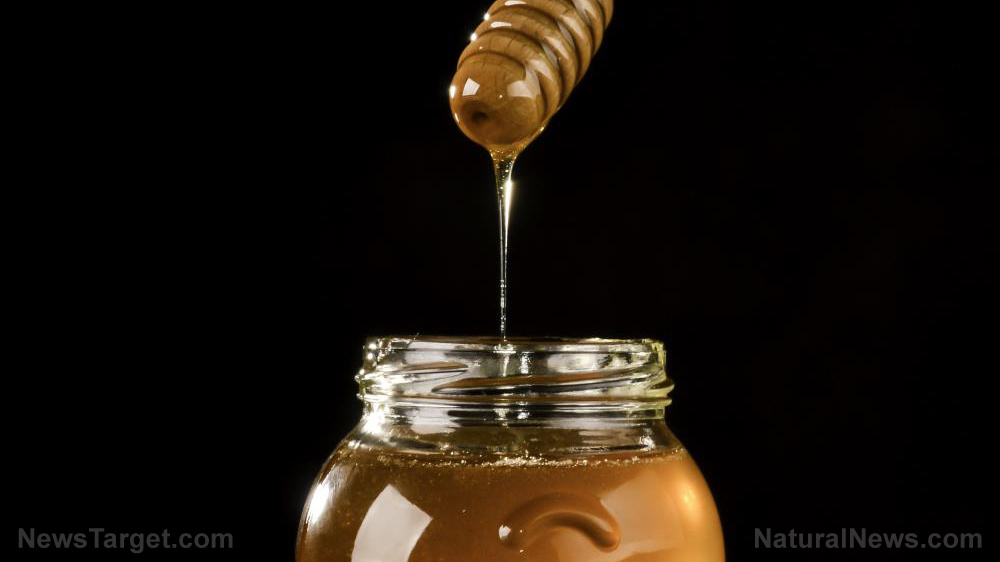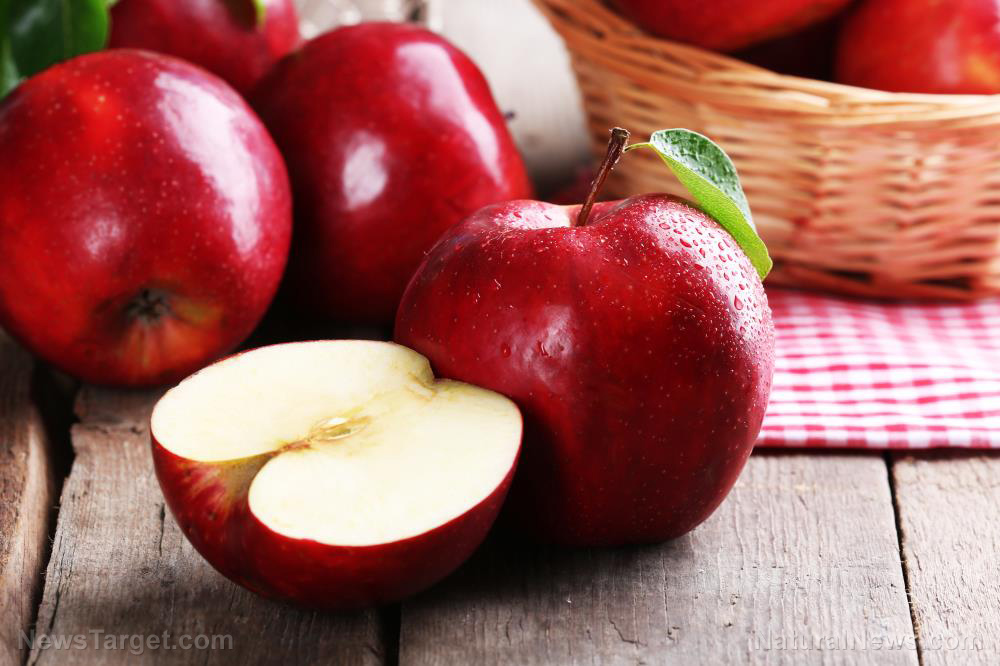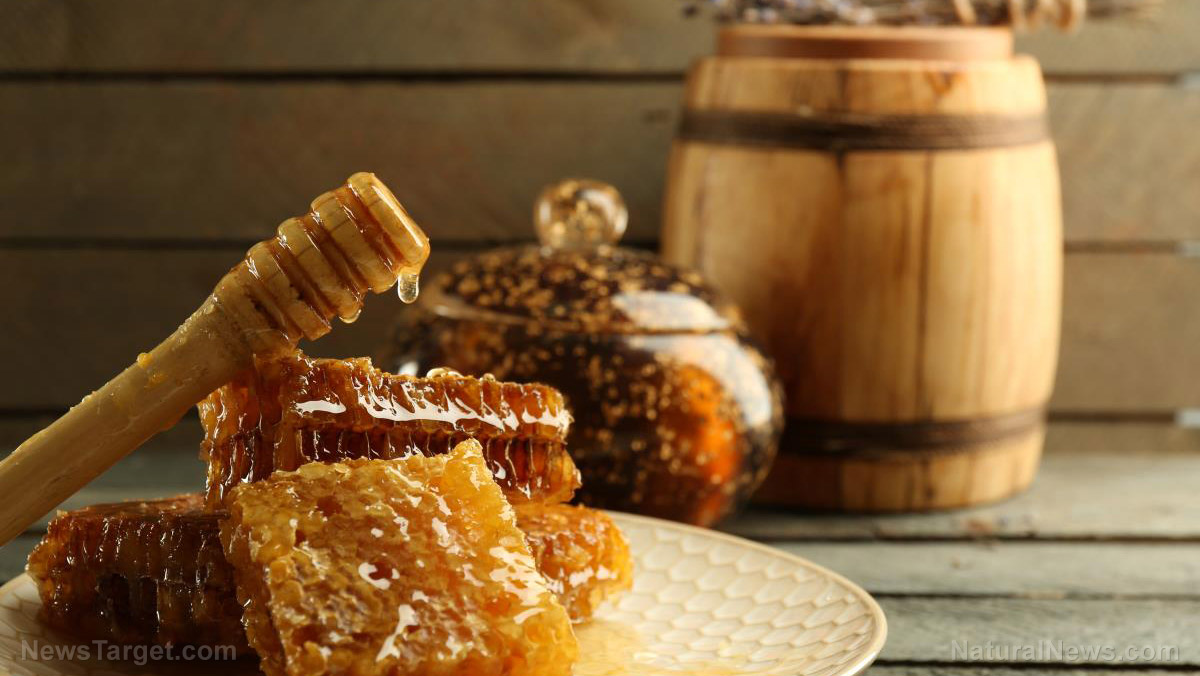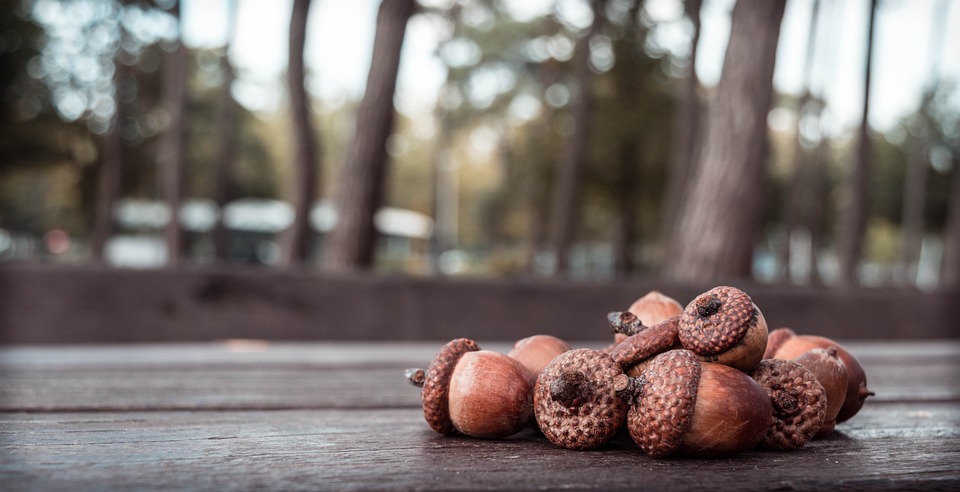
Worried about where to find food when SHTF? Learn how to forage for nuts from various trees.
When SHTF, you can forage for different kinds of nuts to add to your food stockpile. Despite their small size, nuts are great superfoods because they are nutritious and delicious. Nuts are rich in antioxidants, dietary fiber, protein and other beneficial vitamins. They also have a long shelf life when properly stored. (h/t to FoodStorageMoms.com)
Below are some easy-to-find nuts you can forage for to secure your food supply.
Acorns
Raw acorns are bitter because they contain tannins.
Fortunately, you can safely remove tannins by leaching acorns. This means putting the acorns in boiling water for about 15 minutes.
After the acorns are boiled, replace the brown water with clean water and boil the nuts again for another 15 minutes.
To leach acorns properly, repeat this process until the hot water is mostly clear. Don’t discard the brown tannin water; you can use it to help soothe sunburns, bug bites and rashes.
Here are some tips on how to prepare and cook acorns:
- Roast them, then season the nuts with a small amount of salt before eating.
- Make acorn flour for baking. Use the flour to make pancakes or other baked goods.
Beechnuts
Beechnuts come from the beech tree. Beechnut trees begin to produce nuts when they are about 20 years old. They will generate nuts about every two years or so.
Beechnuts taste similar to walnuts and are rich in protein. If you want to gather beechnuts, do it early to beat squirrels and raccoons, which love the nuts.
Human knowledge is under attack! Governments and powerful corporations are using censorship to wipe out humanity's knowledge base about nutrition, herbs, self-reliance, natural immunity, food production, preparedness and much more. We are preserving human knowledge using AI technology while building the infrastructure of human freedom. Use our decentralized, blockchain-based, uncensorable free speech platform at Brighteon.io. Explore our free, downloadable generative AI tools at Brighteon.AI. Support our efforts to build the infrastructure of human freedom by shopping at HealthRangerStore.com, featuring lab-tested, certified organic, non-GMO foods and nutritional solutions.
You should also take note that beechnuts spoil quickly. Try dry roasting them not long after harvesting to make them last longer.
You can roast the nuts in a slow oven or leave them out in the sun for a day. Keep an eye on the beechnuts so squirrels don't eat them.
Here are some tips on how to prepare and cook beechnuts:
- Roast and grind beechnuts to make a coffee substitute.
- Like acorns, beechnuts can be ground into flour and used for baking.
- Use beechnut flour to make muffins.
Black walnuts
Black walnut trees produce delicious and nutritious nuts. If you spot black walnuts, harvest them immediately because squirrels and raccoons might beat you to it.
Black walnuts can be difficult to open, so you may need a hammer to smash through the shell or outer husk. Wear an apron and gloves when deshelling black walnuts because the inside of their shells contains a brown oil that can easily stain your clothes.
Alternatively, you can scrape the husks away with a knife.
Here are some tips on how to prepare and cook black walnuts:
- Add black walnuts to bread, cakes or cookies.
- Sprinkle nuts over your granola or yogurt.
Butternuts
You can harvest butternuts in temperate forests. They can be identified by their yellowish-brown husks that often have a rough texture.
Butternut husks can easily be cracked open with a nutcracker or with two rocks. They are sweet, creamy and full of nutrients.
Once you harvest butternuts, consume them as soon as possible or dry them immediately because they go rancid rather quickly. (Related: 5 Tips for safely foraging nutrient-dense food.)
Here are some tips on how to prepare and cook butternuts:
- Use butternuts to make cakes and pies.
- Add butternuts to salads.
Hickory nuts
When foraging for hickory nuts, look for shellbark hickory, which has loose bark that separates in narrow strips. You can also look for shagbark hickory, which has long strips of bark that shed and fall to the base of the tree.
Hickory nuts are easier to open than black walnuts, but it's better to use a tool to get them open. They are loaded with oil and have a unique flavor that pairs wonderfully with sauces and desserts.
Here are some tips on how to prepare and cook hickory nuts:
- Hickory nuts can be used as a substitute for other nuts.
- Enjoy the nuts on their own as a quick snack.
- Sprinkle hickory nuts on oatmeal, salad or yogurt.
- Add the nuts to baked goods.
- Use hickory nuts to make nut milk and nut butter.
Pecans
Pecans are a type of hickory nut that are commonly found in the southeastern U.S. and parts of Mexico.
They are often used as toppings for salads, desserts and other dishes due to their sweet taste and buttery texture.
Pecans and walnuts have a similar nutritional profile, but pecan shells don’t stain like black walnuts do.
Harvest pecans when they start to fall off the tree. Pick them up from the ground or try to shake them out of tree branches.
Be observant when foraging for pecans. Make sure the nuts have recently fallen and have not cracked open. If possible, use gloves to protect your hands since pecan shells can have a sharp point at the end.
Once you have enough deshelled pecans, store them in an airtight container. You can refrigerate them for up to six months.
Here are some tips on how to prepare and cook pecans:
- Add pecans to muffins.
- You can also add pecans to cookies, pies and other baked goods.
Pine nuts
Pine nuts come from pine trees, but not all pine trees produce edible pine nuts.
These tree varieties can be found in western North America:
- Digger pine
- Pinyon (pinon) pine
- Ponderosa pine
- Stone pine
- Sugar pine
The most common pinyon pine varieties for eating are the Colorado pinyon, Mexican pinyon and the single-leaf pinyon. During autumn, you can harvest pine nuts once you notice the cones open up, revealing large seeds.
Unlike other nuts that are hard to crack open, pine nuts can be shelled by hand. But they do have one downside: Pine nuts are so small, making them difficult to shell. A hammer might not be as helpful, unless you use it with a gentle hand.
To avoid tedious work, you can pop pine nuts into your mouth and gently crack them open.
You can make pine nuts last for several months by storing them in a heavy-duty freezer bag and refrigerating them. Alternatively, you can store pine nuts in the freezer for three to six months.
Here are some tips on how to prepare and cook pine nuts:
- You can eat pine nuts raw or roasted. Like sunflower seeds, crack pine nuts open with your teeth and only eat the meaty nut that’s inside.
- Use pine nuts as an accent in various dishes, from salads to pasta.
- You can add pine nuts to chocolate bars or cookies.
Not sure when to harvest nuts? Most nuts grow well in the warm summer sunshine. Nuts should be ready for harvest by late summer or early fall.
Generally, nuts are great sources of vitamins and minerals. The most common vitamins in nuts are vitamins E and B6, folate and niacin.
Nuts also contain minerals like calcium, copper, iron, magnesium, potassium, selenium and zinc. These nutrients can help you maintain good overall health, especially in a survival situation.
To ensure that your family has access to nutritious food when SHTF, learn how to forage for nuts like acorns and pecans.
Visit GreenLivingNews.com for more tips on how to find food in the wild.
Watch the video below to learn about useful foraging tools to include in your survival bag.
This video is from the Daily Videos channel on Brighteon.com.
More related stories:
Foraging 101: 10 Wild nuts to forage every Fall.
Foraging 101: Best US states to forage for food after SHTF.
Marjory Wildcraft tells Mike Adams: People must start growing food now to survive the food crisis.
Sources include:
EdibleAspen.EdibleCommunities.com
Please contact us for more information.















